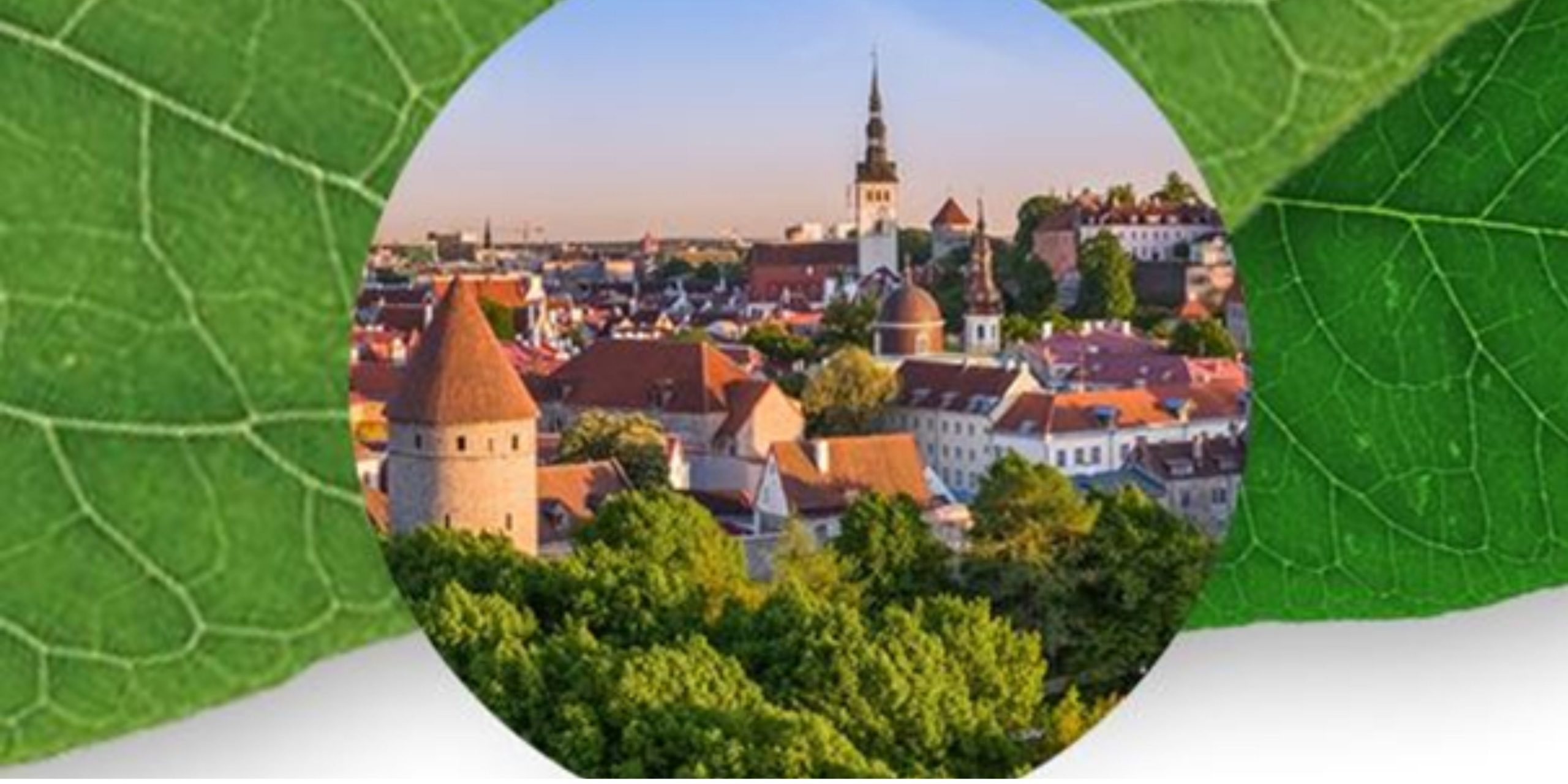Τhe Estonian city of Tallinn officially becαme the European Green Capital for 2023, taking over from the French city of Grenoble. The opening ceremony will take place in the capital of Estonia, in the presence of Commissioner for Environment, Oceans and Fisheries, Virginijus Sinkevičius, Tallinn’s mayor Mihhail Kõvart and Grenoble’s mayor Eric Piolle.
Tallinn gained the title of sustainability and innovation champion due to their systemic approach to green governance and interlinked strategic goals, which reflect the ambitions of the European Green Deal. One of the best-preserved medieval cities in Europe and a UNESCO World Heritage Site, Tallinn is also characterised by a diverse and mosaic nature of landscapes which also serve as habitats for rare species. During the Green Capital Year, Tallinn’s main themes will be biodiversity, sustainable governance, and climate and green innovation. With over 60 events planned for 2023, the Tallinn European Green Capital programme offers environmental activities for the city residents and visitors: from formulating sustainability goals together with other European cities to taking impactful actions and showcasing green innovation.
Why Tallin?
- The city has adopted an ambitious development strategy “Tallinn 2035”. The plan addresses carbon neutrality, climate adaptation, innovation, health, mobility, biodiversity, circular economy, sustainable energy and food production.
- To boost biodiversity, the city is planning so called GoGreenRoutes where citizens can co-design nature-based solutions and urban gardening. A 13km pollinator highway is in the making, a natural meadow through the city for nature to flourish.
- Tallinn is committed to climate adaptation and resilience. Numerous relevant measures, such as stormwater management systems and remodelling of streets are in place and new actions are planned, for example Green Twins, a project to better take urban greenery into account in city planning.
- Tallinn is the first European capital to offer free public transport to its citizens (since 2013). Another goal for urban mobility is that its citizens should be able to reach all necessary infrastructure within 15 min via soft transport modes.
- The city is also exemplary in their use of digital tools to optimise nature-based solutions in renovation projects.
- Finally, the idea of a European Green Capital was originally conceived in Tallinn back in 2006.
The call for applications for the next cycle of awards – EU Green Capital and Green Leaf Awards 2025 – has just been announced, with the deadline of 30 April 2023.
Background
The EU recognises that cities play a crucial role in achieving the aims of the European Green Deal, to deliver a low carbon, resource-efficient, sustainable and resilient society. With over 70% of Europeans living in urban areas, cities play an important role in the environmental and economic transformation.
The European Commission has launched the European Green Capital Award in 2010 to encourage cities to become greener and cleaner, and to improve the quality of life for their inhabitants. With over two-thirds of Europe’s population living in cities, cities play a leading role in the protection of the environment and will be important in implementing the European Green Deal locally.
Fourteen cities have won the European Green Capital Award to date: Stockholm (2010), Hamburg (2011), Vitoria-Gasteiz (2012), Nantes (2013), Copenhagen (2014), Bristol (2015), Ljubljana (2016), Essen (2017), Nijmegen (2018), Oslo (2019), Lisbon (2020), Lahti (2021), Grenoble (2022), Tallinn (2023), and Valencia will be the Green Capital holder in 2024.
Source: European Commission I Environnent (https://bit.ly/3XHyCIq)
